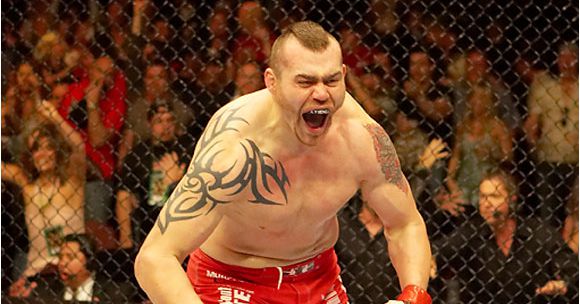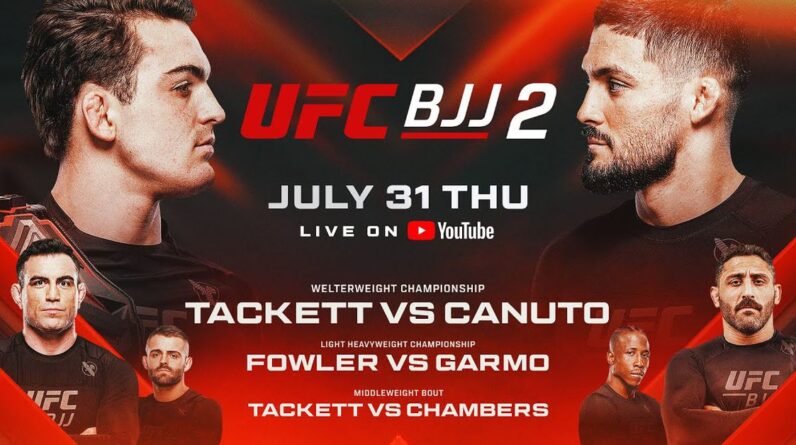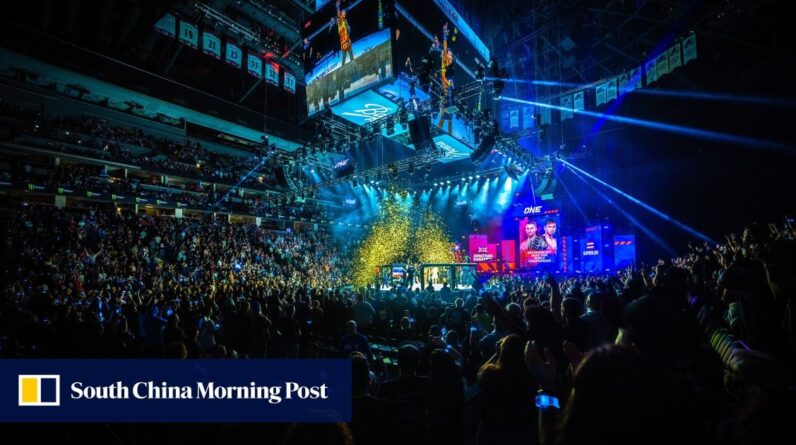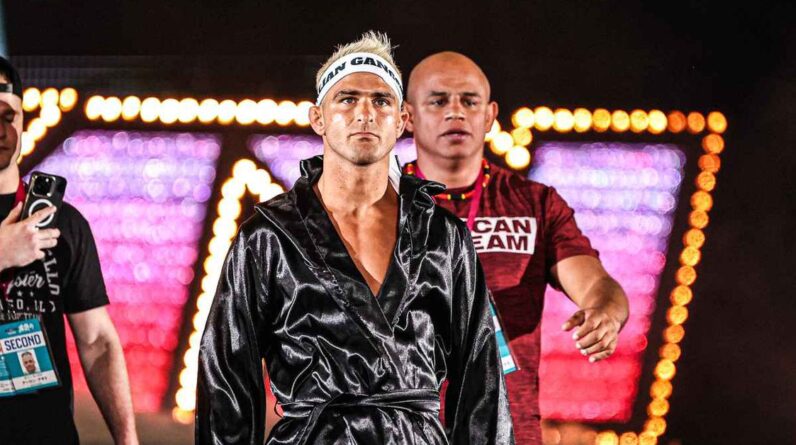Table of Contents
Rorion Gracie: The Man Who Changed Martial Arts History Forever
In the martial arts, few individuals honestly can be said to have changed history. Among the handful who have, perhaps none generates a wider range of emotions than Rorion Gracie. With a single vision and unwavering determination, this Brazilian transplant revolutionized how we think about fighting and created the modern MMA landscape we know today.
The Gracie Family Legacy: From Brazil to Global Phenomenon
I remember the first time I saw grainy VHS footage of the early UFC events. There was something mesmerizing about watching this relatively small Brazilian man systematically dismantle opponents twice his size. What most casual fans don’t realize is that none of this would have happened without Rorion’s marketing genius and unwavering belief in his family’s fighting system.
Born in Rio de Janeiro in 1952, Rorion grew up immersed in his family’s jiu-jitsu tradition. As the oldest son of Hélio Gracie (who alongside his brother Carlos developed Brazilian Jiu-Jitsu), Rorion was destined to carry the family torch. But he wasn’t content with being just another instructor – he had bigger plans.
Insert image of young Rorion Gracie training in Brazil here
The Gracie Challenge: Taking Jiu-Jitsu to America
When Rorion moved to California in the late 1970s, American martial arts were dominated by striking disciplines. Karate dojos and Taekwondo schools filled strip malls, while wrestling remained confined to high school gyms and Olympic training centers.
Rorion started small – teaching classes from his garage in Torrance, California. But his approach was revolutionary: he offered the “Gracie Challenge,” an open invitation for practitioners of any martial art to test their skills against Gracie Jiu-Jitsu. The results were consistently stunning, with the relatively unknown Brazilian art proving devastatingly effective.
Creating the UFC: A Vision Becomes Reality
You might think the UFC was always destined to be a multi-billion dollar enterprise, but the truth is far more humble. Working with businessman Art Davie, Rorion conceived a tournament that would pit different fighting styles against each other – with minimal rules – to determine which martial art was truly most effective.
The first Ultimate Fighting Championship took place on November 12, 1993, in Denver, Colorado. Rorion’s younger brother Royce emerged victorious, defeating larger opponents through the application of Gracie Jiu-Jitsu principles. The martial arts world would never be the same.
| UFC 1 Tournament Results (November 12, 1993) | Fighter | Style |
|---|---|---|
| Champion | Royce Gracie | Brazilian Jiu-Jitsu |
| Runner-up | Gerard Gordeau | Savate/Karate |
| Semi-finalist | Ken Shamrock | Shootfighting |
| Semi-finalist | Patrick Smith | Kickboxing |
Controversy and Legacy: Beyond the Octagon
Like any revolutionary, Rorion’s path wasn’t without controversy. As the UFC evolved and was eventually sold, some criticized his initial ruleset as too extreme, while others within his own family questioned certain business decisions.
But what’s undeniable is Rorion’s impact. Before he brought Brazilian Jiu-Jitsu to mainstream America, most martial arts training lacked effective ground fighting components. Today, no serious fighter trains without grappling skills – a direct result of the Gracie revolution Rorion spearheaded.
Beyond fighting, Rorion has built an empire that includes the Gracie University online learning platform, numerous academies, books, and the Gracie Diet nutritional system. His sons Rener and Ryron have carried the family tradition forward with their own innovations in martial arts instruction.
The Art of Peace: Rorion’s Greater Vision
What often gets lost in discussions about Rorion’s impact on combat sports is his philosophy on self-defense and conflict resolution. Unlike many martial arts that focus primarily on competition, the Gracie approach has always emphasized practical self-defense and the ability to neutralize threats with minimal harm.
“The ultimate objective of Gracie Jiu-Jitsu is to give the weak a chance against the strong,” Rorion has often stated. This philosophy of empowerment has made Brazilian Jiu-Jitsu particularly appealing to those who might not fit the traditional martial artist stereotype – women, smaller individuals, and even those with certain physical limitations.
Insert image of Rorion Gracie teaching a self-defense technique here
The Revolution Continues
Today, when you watch fighters like Charles Oliveira apply a submission or see how Alexander Volkanovski defends against takedowns, you’re witnessing the continued evolution of what Rorion started. Every time Joe Rogan explains a grappling exchange to UFC viewers, it’s a testament to how thoroughly Rorion’s vision has transformed martial arts.
For better or worse, Rorion Gracie forced the martial arts world to confront uncomfortable truths about fighting effectiveness. In doing so, he created not just a sport but a global movement that continues to grow decades later.
Have you trained in Brazilian Jiu-Jitsu or been influenced by the Gracie approach to martial arts? The revolution Rorion started continues to evolve with each new generation of fighters and practitioners. The question isn’t whether Rorion Gracie changed martial arts history – it’s how we’ll continue to build on the foundation he established.
Want to learn more about the martial arts revolution? Check out our upcoming MMA events and seminars in Brevard County, where the legacy of innovators like Rorion Gracie lives on through today’s champions.






